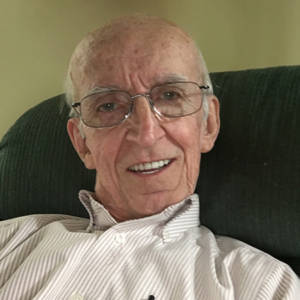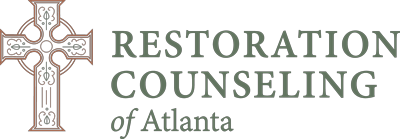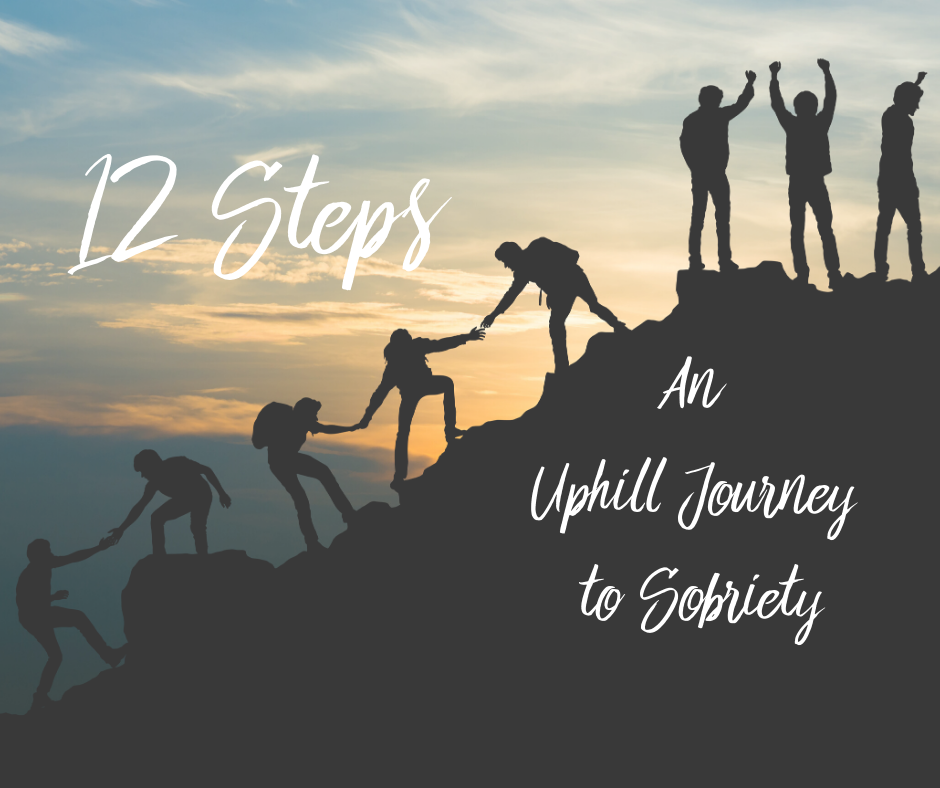The Beginning of the Journey
Many years ago I was beginning that long, uphill journey toward sobriety. In spite of the fact that I was still in treatment and hardly sober enough to know what I was talking about, one day during a process session, I blurted out:
There is nothing in the Alcoholics Anonymous program that runs contrary to Christianity. If an atheist thoroughly follows the twelve steps, they will lead him to Christ.
Forty years later, as I look back on how very little I knew about anything, I can only conclude my pronouncement was what Pentecostal Christians call a word of wisdom from the Holy Spirit. I was far too sick and stupid to have come up with it myself. I now find that statement to be unequivocally true.
Do we need several roads to sobriety?
At the outset, I would like to put to rest the notion that we need a Christian version of Alcoholics Anonymous. If a road leading straight to sobriety and salvation has been constructed, why build another parallel to it just for Christians? The one possible reason for doing so would be some bizarre belief that Christians ought to stay away from anyone who doesn’t know Christ. Then we may ask, what are we to do about the great commission?
Where does the road actually lead?
It became increasingly clear that the road to sobriety was also the road to spiritual salvation. It also became clear that the main goal of any successful recovery program should not just be getting the addict to stop drinking or using whatever pain-killer he depends on to distract himself from learning to cope with reality. One may find it difficult to accept this concept. There are many persons out and about who insist upon promising suffering addicts that if they stop drinking, everything will be fine. Most addicts scoff at this idea, probably because they have tried not drinking, and everything was not fine. This would account for the distressing fact that ninety percent of alcoholics seeking sobriety relapse within their first year of recovery.
What is the goal of the 12-Step Program?
So we ask, what is this twelve-step program for if it’s not to get people to stop drinking? The steps of AA are a twelve-part answer to one question. No answer makes sense unless the question is asked first. Not only do questions require answers, but they also need to be asked. Let’s get to the point and ask the question.
What did you people do to get sober?
The answer comes in a list of 12 things that were done in a specific order, each item beginning with the pronoun we to remind us that no one gets sober alone.
At the outset the one seeking sobriety should imagine himself listening to a group of sober alcoholics, all of them happy in their recovery, maddeningly smiling and uncomplaining; some even saying they consider themselves blessed and grateful, even though the stories they tell of themselves are enough to break your heart or scare you half to death.
A spokesman for the group rises to answer the question.
In order to get sober we did the following things in the order I will list them, and we didn’t skip anything on the list or try to move ahead until we had completed the one we were working on.
First…
We admitted we were powerless over alcohol …
The speaker goes on to describe each of the steps with references to belief in a greater power and the removal of defects of character. Upon completion, the person has had a spiritual awakening as a result of these steps. We notice there is little reference to alcohol. There is considerable focus on changes in the moral fabric of the lives of those in recovery which leads finally to a sincere concern for the well being of others. We suspect there is more to this than putting down the bottle — much more.
Breaking Down the 12 Steps into Three Parts
Looking closely at the arrangement of the twelve steps we see that they can be subdivided into three parts.
Part One (Steps 1-3)
The first part includes Steps One through Three and speaks of the realization that one is powerless to recover on his own; that he has come to believe in the existence of a power greater than himself; and has decided to rely on that greater power for guidance. Frequently the first three steps are paraphrased as follows:
-
- I can’t
- God can.
- I’ll let him.
Part Two (Steps 4-9)
Having positioned himself relative to his greater power, and having defined his spiritual reality, the alcoholic is ready to get to work. This will involve Steps Four through Nine. The process is concerned with identifying and eliminating the ungodly defects of character that comprise addiction. The apostle Paul called this being transformed by the renewal of the mind.
Step Four speaks of a moral inventory. Step Five alludes to the exact nature of our wrongs. In Step Six we encounter defects of character, and Step Seven calls them our shortcomings. Although the wording changes from step to step, each of the emphasized phrases reminds us that moral renovation is essential to wellness. This second group of steps concludes with Eight and Nine which are devoted to the restoration of relationships and reconciliation with persons we have harmed.
Part Three (Steps 10-12)
The last three steps are devoted to maintaining the sobriety gained in working the first nine, and the entire program is summed up in Step Twelve which says that having had a spiritual awakening we turned our attention to the needs of others and lived in accordance with what we learned by working these steps. What emerges from the AA program is a new man, spiritually aware and in tune with the love of God which informs his relationship with those his life touches. Especially important is what is said in Step Eleven.
We sought through prayer and meditation to improve our conscious contact with God, praying only for knowledge of His will and the power to carry it out.
Finally
No need to talk about the alcohol problem. Alcohol has become unnecessary.
 Written by: Patrick Caffrey, LPC
Written by: Patrick Caffrey, LPC
pat@restorationcounselingatl.com, ext. 114
Patrick Caffrey, LPC is a therapist at Restoration Counseling of Atlanta in Roswell, Georgia, where he counsels adults who struggle with alcoholism and other forms of substance abuse, as well as related family issues. These include adult children of alcoholics (ACOA) and persons who are codependent. Pat has also written and published three books addressing the subject of addiction. His books are available through www.amazon.com or may be purchased at the Roswell office.

